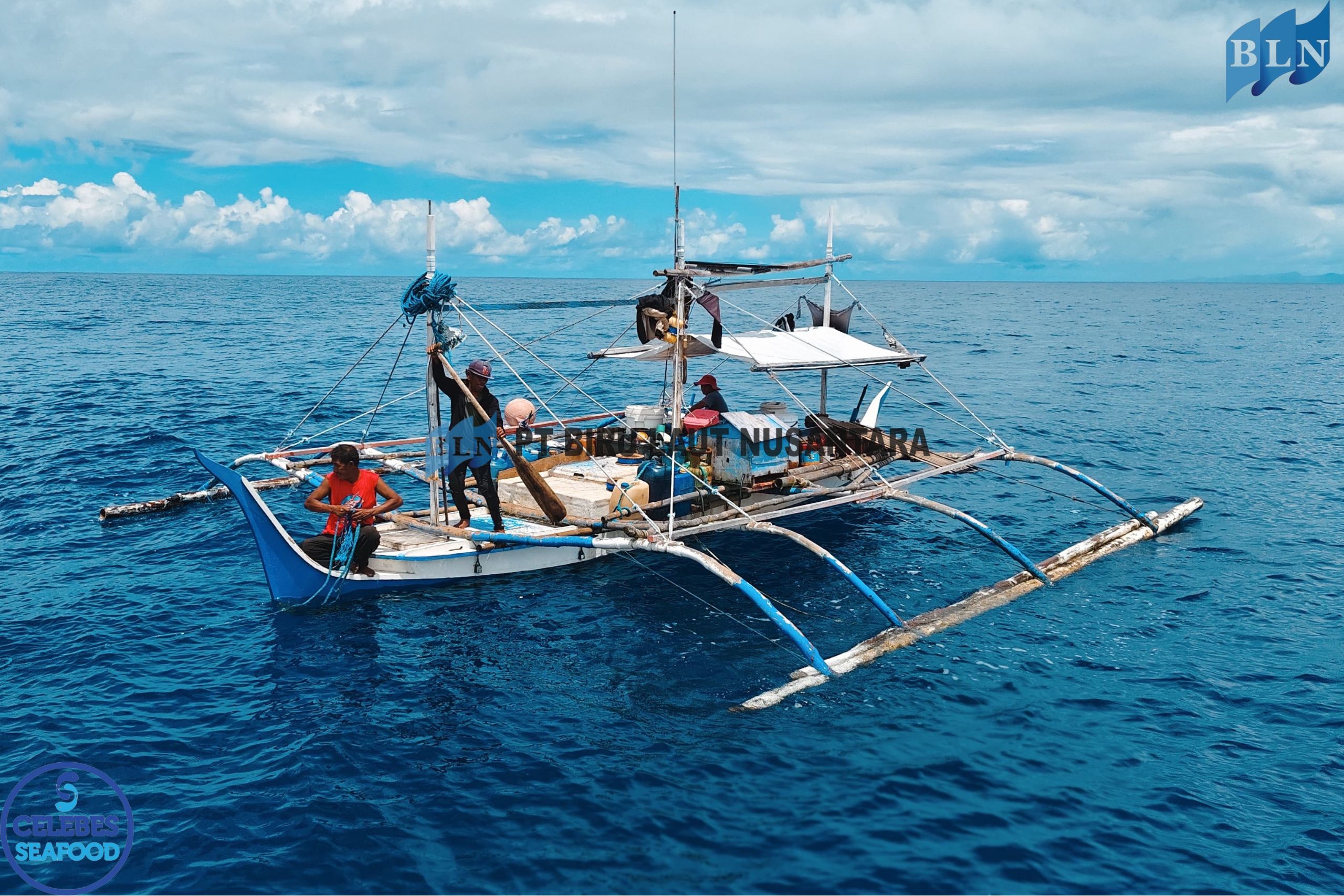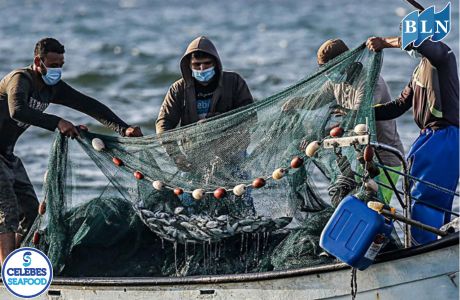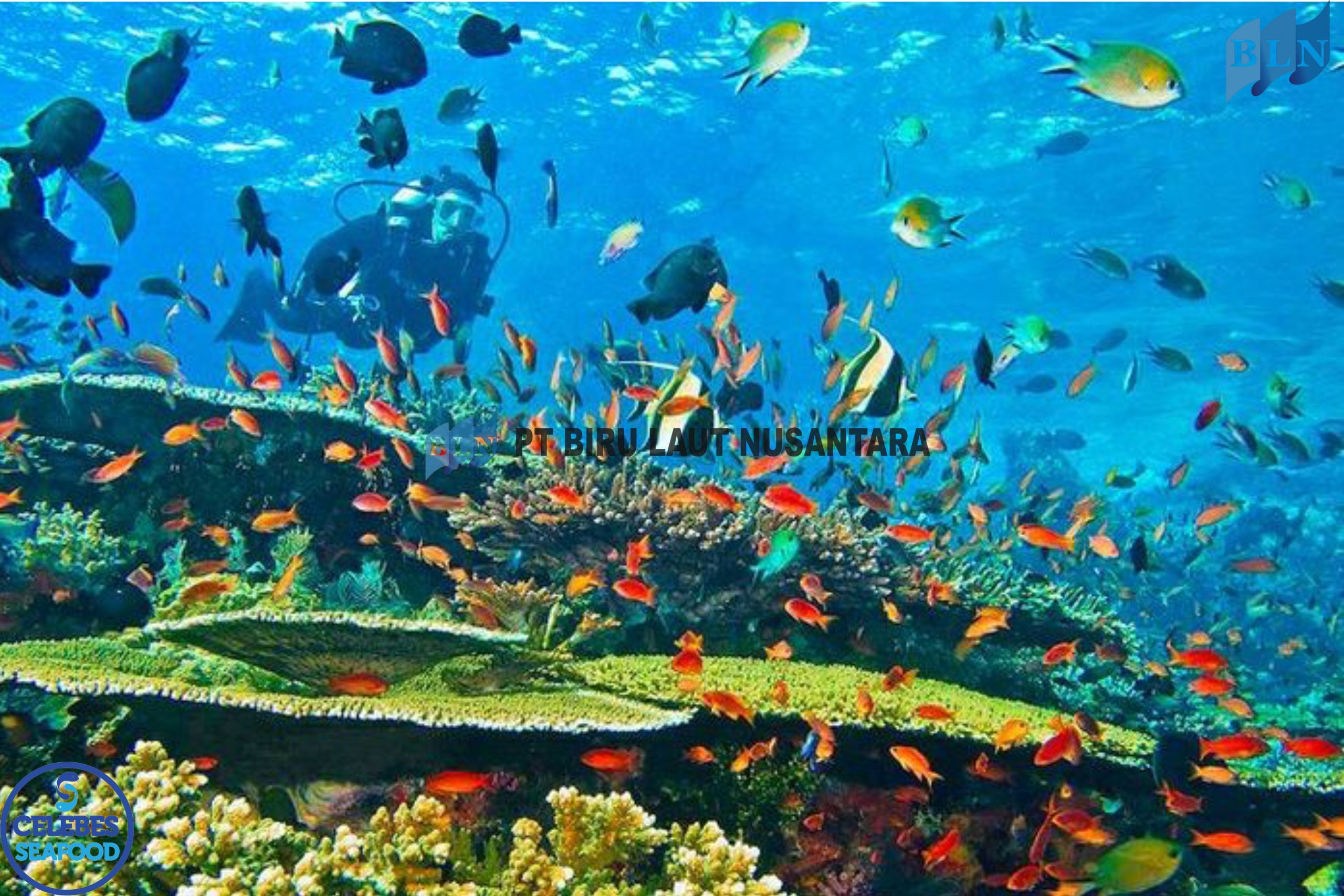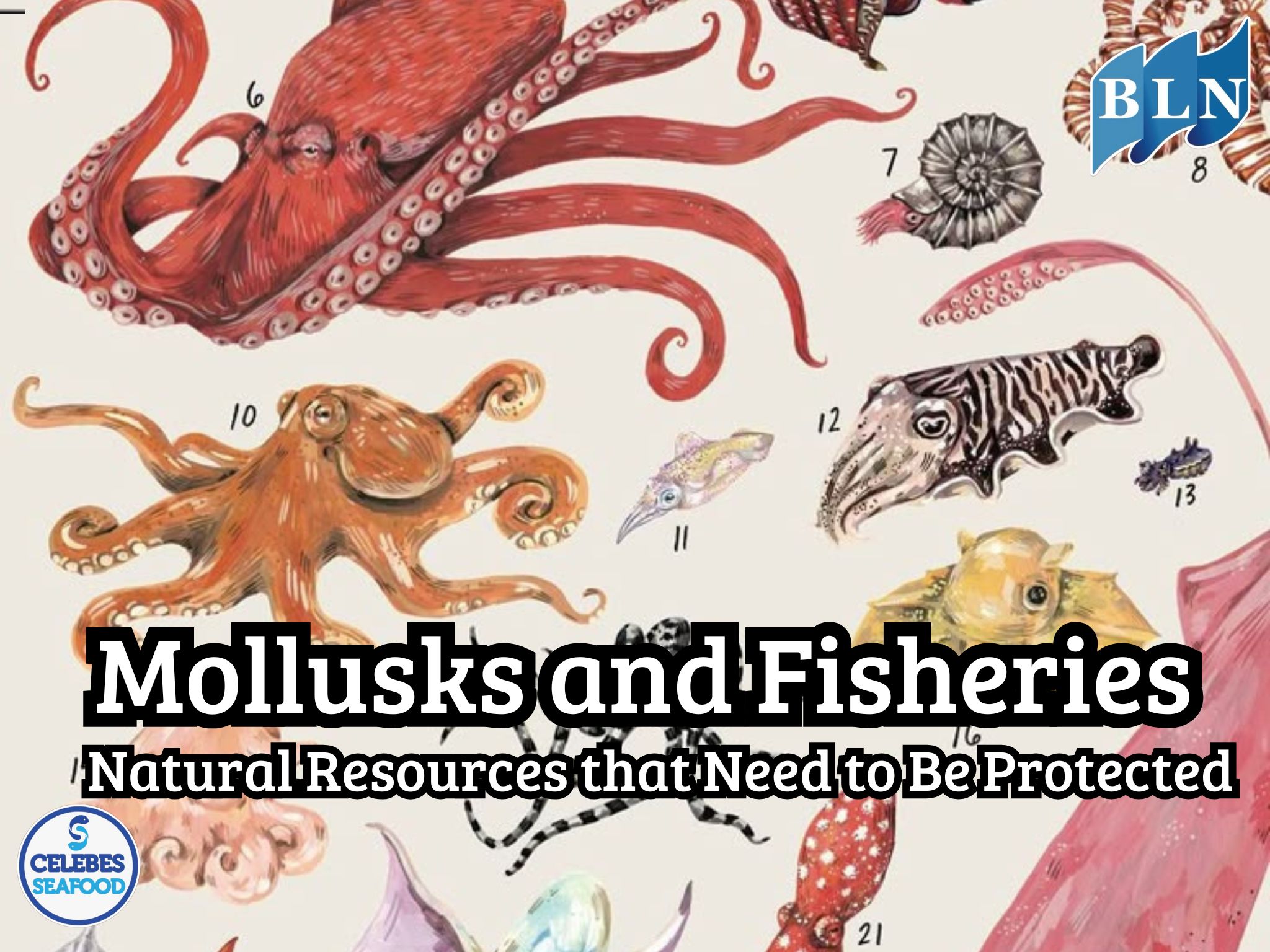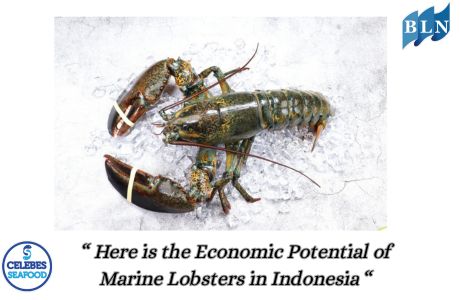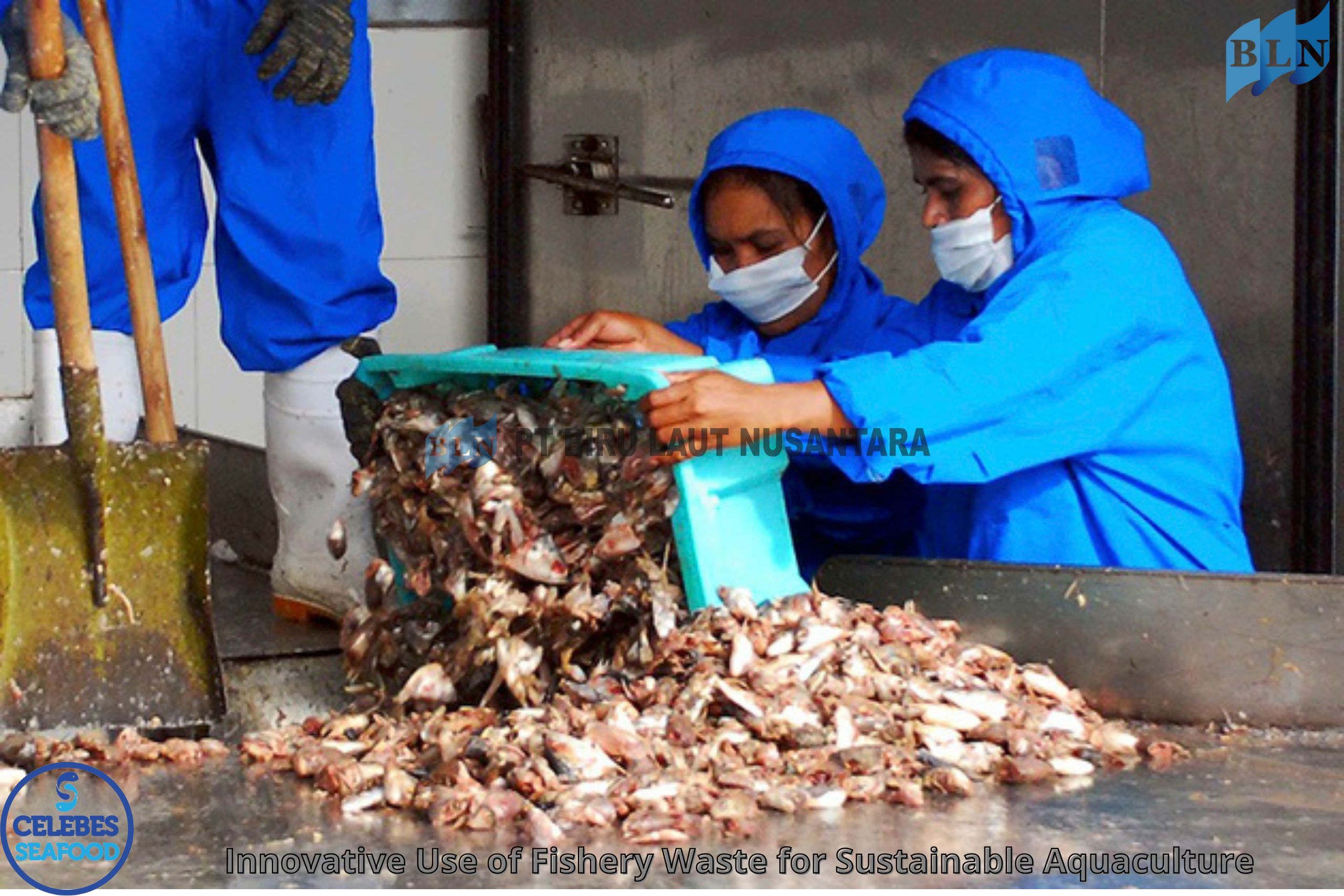This is How Milkfish Aquaculture Works
By. Nevanda - 30 Mar 2023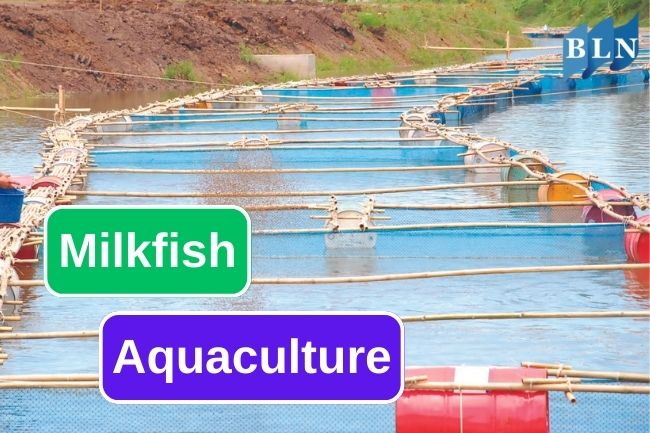
lautnusantara.com - The three methods of outgrowing are pond culture, pen culture, and cage culture. Milkfish hatcheries, like most hatcheries, contain a variety of cultures, for example, rotifers, green algae, and brine shrimp, as well as the target species. They can either be intensive or semi-intensive.
Read also: 4 Indonesian Snapper
- Farming in shallow ponds are found mainly in Indonesia and the Philippines. These are shallow (30–40 centimetres), brackish ponds with benthic algae, usually used as feed. They are usually pull out from mangrove areas and produce about 800 kg/ha/yr. Deep ponds (2–3 m) have more stable environments and so far have shown less susceptibility to disease than shallow ponds.
- In 1979, pen culture was introduced in Laguna de Bay, which had high primary production. This provided an excellent food source. Once this primary productivity is start to ran out, fertilizer was applied. However, the fish are become more susceptible to disease.
- Cage culture occurs in coastal bays in shallow or deeper waters. These consist of large cages suspended in open water and usually made of bamboo or wood that shaped like a cage. They rely largely on natural sources of food which carried by the sea current.
Read also: Tips On Eating Caviar
Most food is natural or a combination of phytoplankton and macroalgae. Traditionally, this was made on site; food is now made commercially to order. Harvest time occurs when the individuals are 20–40 cm long (250–500 g in weight). Partial harvests remove uniformly sized individuals with seine nets or gill nets. Total harvest removes all individuals and leads to a variety of sizes.
The juvenile of milkfish is raised in either sea cages, large saline ponds (Philippines), or concrete tanks (Indonesia, Taiwan). Milkfish reach sexual maturity at size 1.5 kg, which takes five years in floating sea cages, but eight to 10 years in ponds and tanks. Once they reach 6 kg or about eight years, they can produce 3–4 million eggs each breeding cycle.
Read also: Indonesian Grilled Fish Recipe
